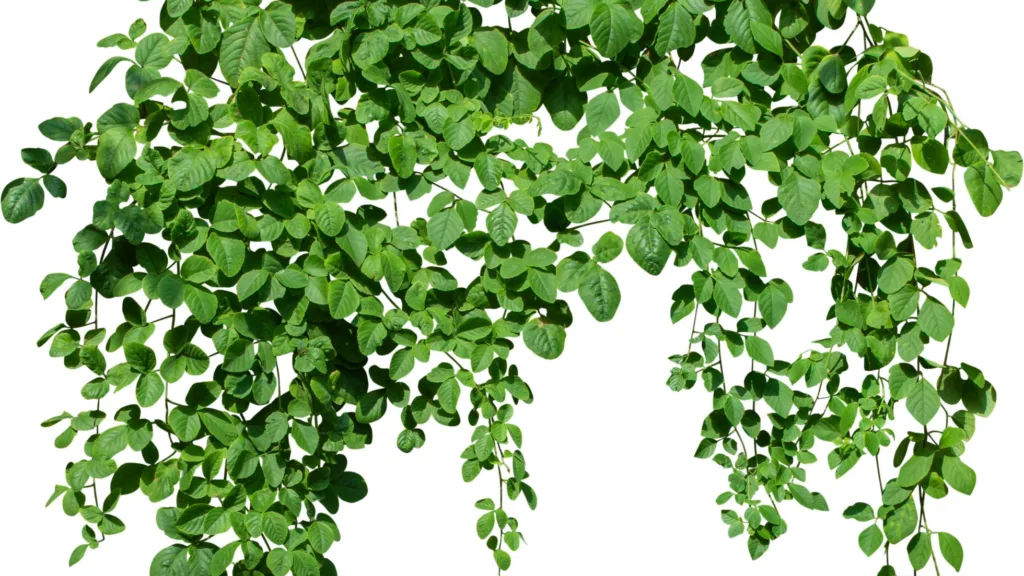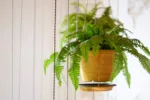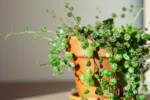vine plants
Vine plants are those that have a growth habit of trailing or climbing stems. They can be found in all parts of the world and come in a wide variety of sizes, shapes, and colors.

Vine plants types
Some popular types of vine plants include:
- Clematis: Clematis is a flowering vine that comes in a wide variety of colors, including pink, purple, white, and red. They bloom in spring or summer and prefer full sun to partial shade.
- Morning glory: Morning glories are fast-growing vines that produce beautiful trumpet-shaped flowers in a variety of colors. They bloom in summer and prefer full sun.
- Honeysuckle: Honeysuckle is a fragrant vine that produces clusters of white or yellow flowers. They bloom in spring or summer and prefer full sun to partial shade.
- Wisteria: Wisteria is a slow-growing vine that produces long, cascading clusters of purple, blue, or white flowers. They bloom in spring and prefer full sun.
- Ivy: Ivy is a fast-growing vine that can be evergreen or deciduous. It is a popular choice for covering walls and fences.
Vine plants indoor
Indoor vine plants are a wonderful way to add a touch of greenery and nature to your home. They come in various shapes, sizes, and care requirements, making them suitable for different indoor environments. Here are some popular indoor vine plants and their care tips:
- Pothos (Epipremnum aureum): Known for its low maintenance and adaptability, pothos can thrive in low light conditions and only needs watering when the soil is dry. Its vines can grow up to 12 feet long and it’s toxic to pets.
- Heartleaf Philodendron (Philodendron hederaceum): This fast-growing vine looks great in hanging baskets or on shelves where its vines can drape down. It prefers low to bright indirect light and also requires watering when the soil feels dry. The vines can reach up to 10 feet in length and it’s toxic to pets.
- Brasil Philodendron (Philodendron hederaceum ‘Brasil’): A cultivar of the heartleaf philodendron with stunning green variegation. It grows best in medium to bright indirect light and needs water when the soil is dry. The vines can also grow up to 10 feet long and it’s toxic to pets.
- Philodendron Micans: This uncommon vining philodendron has deep green to maroon velvety leaves. It’s a fast grower and easy to care for, preferring to be grown in hanging baskets as a trailing plant.

Vine plants outdoor
Outdoor vine plants can add beauty and character to your garden, creating natural green walls or shaded areas. Here are some popular outdoor vine plants and tips for their care:
- Clematis (Clematis spp.): Clematis are known for their beautiful flowers and come in many varieties. They prefer full sun over partial shade and require well-drained soil. They can be trained over doorways, trellises, or trees.
- Bougainvillea (Bougainvillea glabra): This plant is admired for its vibrant, papery bracts that come in various colors. It thrives in almost any soil, requires minimal watering, and can grow quite large, making it perfect for covering walls or fences.
- Climbing Hydrangea (Hydrangea anomala ssp. petiolaris): Suitable for shady locations, climbing hydrangea can grow tall with support from a wall, fence, or tree. It has attractive flowers and peeling bark for winter interest.
- Jade Plant (Crassula ovata): While not a traditional vine, the jade plant can be trained to climb with support. It’s a succulent that requires very little water and can grow in almost any soil.
Vine plants in India
India, with its diverse climate, offers a perfect home to a wide variety of vine plants. Here are some popular options you might consider for your garden:
- Bougainvillea: Perhaps the most iconic vine in India, bougainvillea is known for its vibrant bracts (modified leaves) that come in shades of pink, purple, orange, red, and white. They are low-maintenance and thrive in the Indian sun.
- Jasmine: Fragrant jasmine vines are a favorite for their intoxicating aroma, especially during the monsoon season. The star jasmine (Trachelospermum jasminoides) and the night-blooming jasmine (Cestrum nocturnum) are popular choices.
- Morning glory (Ipomoea): A fast-growing and easy-to-care-for vine, morning glory produces beautiful trumpet-shaped flowers in a variety of colors. They are commonly seen climbing fences and walls in India.
- Bengal clock vine (Thunbergia grandiflora): This flowering vine is known for its unique, clock-face shaped blooms in orange, yellow, or white. It thrives in warm and humid conditions, making it perfect for the Indian climate.
- Railway creeper (Ipomoea acuminata): A vigorous climber with purple, pink, or white flowers, the railway creeper is a common sight along roadsides in India. It’s a good option for covering large areas quickly.
10 examples of vines
Here are 10 examples of vines that are popular for their climbing and flowering abilities:
- Clematis (Clematis spp.) – Known for its beautiful flowers in a variety of colors.
- Climbing Hydrangea (Hydrangea anomala ssp. petiolaris) – Offers white flowers and can grow quite tall.
- Wisteria (Wisteria spp.) – Famous for its long, hanging clusters of flowers.
- Kiwi Vine (Actinidia kolomikta) – Not only ornamental but also bears fruit.
- Chocolate Vine (Akebia quinata) – Has unique purple flowers and edible fruit.
- Climbing Snapdragon (Asarina) – Features snapdragon-like flowers.
- The trumpet Vine (Campsis radicans) is known for its trumpet-shaped blossoms.
- Morning Glory (Ipomoea tricolor) – Showcases vibrant, trumpet-shaped flowers.
- Black-Eyed Susan Vine (Thunbergia alata) – Recognizable by its bright flowers with dark centers.
- Canary Creeper (Tropaeolum peregrinum) – Displays distinctive, frilly yellow flowers.



Hey, you used to write excellent, but the last several posts have been kinda boring?K I miss your tremendous writings. Past several posts are just a bit out of track! come on!